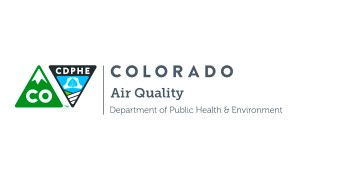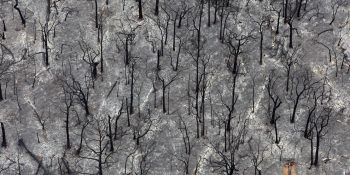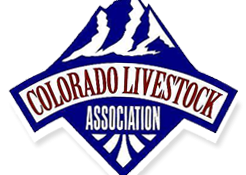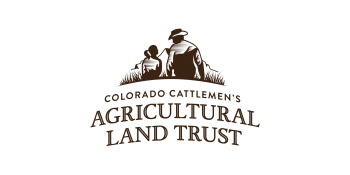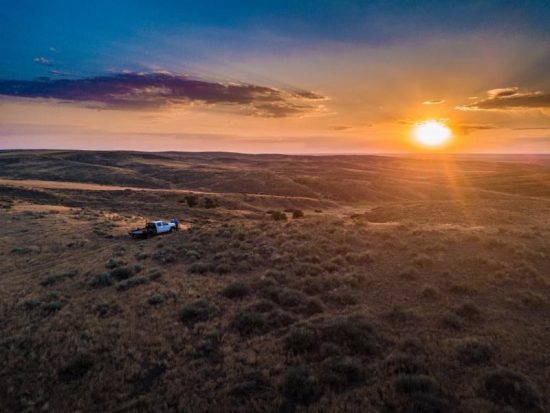Colorado is featured on
America’s Forests
with Chuck Leavell
—Jan. 25—
Series Demonstrates How Vital Forests are to Well-being and Economic Health of Communities
DENVER – Colorado takes the stage in the next episode of the new national TV series, America’s Forests with Chuck Leavell. The series explores challenges, opportunities and innovations happening in America’s forests, and the Colorado episode will air on Rocky Mountain PBS on Thursday, Jan. 25 at 7 p.m. MST.
Chuck Leavell may be best known as the keyboardist and musical director for The Rolling Stones, but he is also an educated and enthusiastic forestry advocate, conservationist and tree farmer. As host of the new series, Leavell serves as the on-camera guide, travelling across the country to interview people who are passionate about the gifts we get from our woods and exploring creative solutions to complex problems impacting this important natural resource.
The search for solutions to the problems of sustainable growth, climate change and energy conservation is increasingly inspiring thought leaders to look at one of America’s finest resources — our forests. Whether for building or for recreation, our forests are good for the economy and for the spirit. — Leavell
Colorado is featured in the second episode in the series and includes segments on the therapeutic value of our forests, the importance of forests to our water supply and the innovative ideas on turning the wood from forests devastated by the mountain pine beetle epidemic into musical instruments, skis, snowboards and sustainable building applications.
Using the episode as inspiration, conversations on forest health, management and utilization with voices that represent a variety of perspectives will take place during a special film premier event on Jan. 24 at the Denver Museum of Nature and Science. A private VIP reception will kick off the event and include remarks from Leavell, Governor John Hickenlooper, Tony Tooke, Chief of the U.S. Forest Service, and Chris Topik, Director of Forest Restoration at The Nature Conservancy. At 7 p.m., the public is invited to a showing of the Colorado episode and an intimate fireside chat hosted by Leavell alongside Brian Ferebee, Regional Forester for the Rocky Mountain Region of U.S. Forest Service; Jim Neiman, President and CEO of Neiman Enterprises; and Paige Lewis, Deputy Director/Director of Conservation of the Colorado chapter of The Nature Conservancy. A limited amount of tickets is still available to the film premier and fireside chat by RSVP’ing online at /tiny.cc/chuckleavallcolorado.
Public and private partners across the country are working hand-in-hand to both care for and create sustainable solutions using wood from our forests. This important work is vital to a healthy forest environment that provides world-class recreation, wildlife habitats and scenic beauty. Through the stories in the series and special events, we hope to educate and inspire citizens to become everyday champions. — Bruce Ward, president of Choose Outdoors
The series is produced by Choose Outdoors and 42 Degrees North Media and the Colorado episode was made possible with support from the U.S. Forest Service, Denver Water, Colorado State Forest Service, Intermountain Forest Association, El Pomar Foundation, Rocky Mountain PBS and the Denver Museum of Nature and Science.
SPREAD THE NEWS
COMMENT, Like, Follow & SHARE @I70Scout
CURRENT EDITION
WEATHER & TRAFFIC PUZZLES RECENT NEWS ADVERTISE WITH US

